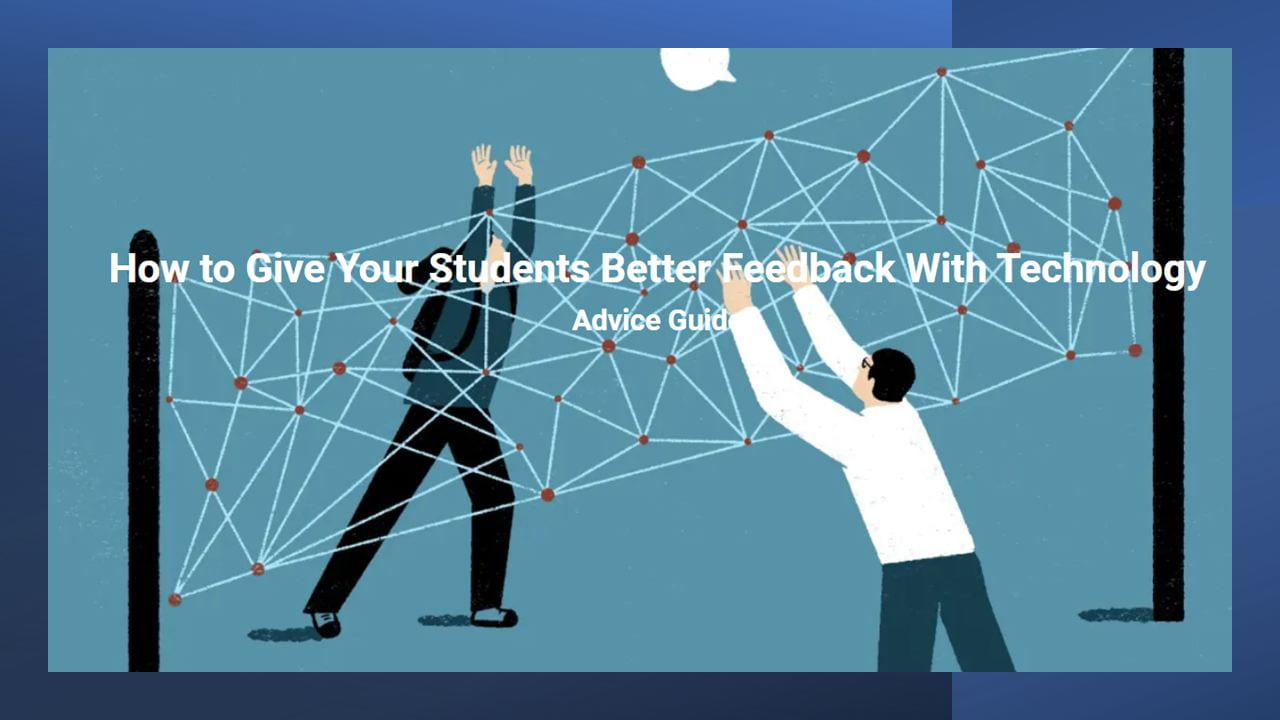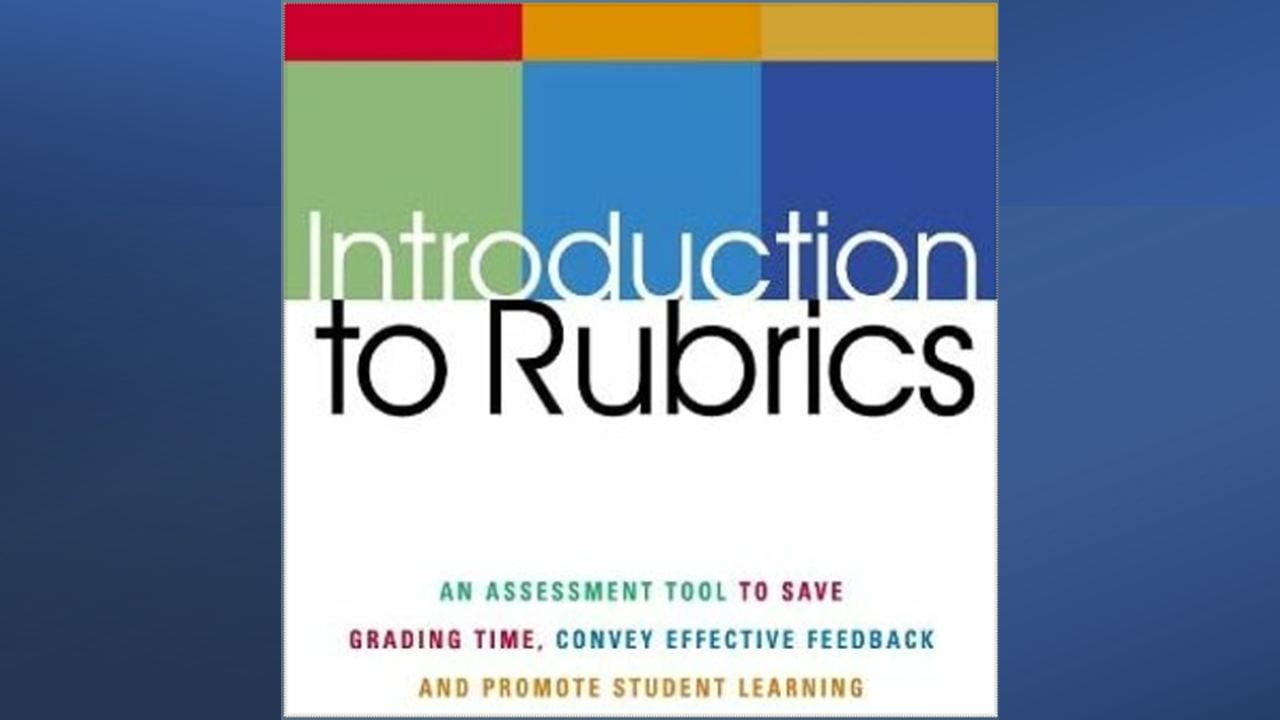
“We all need people who will give us feedback, that’s how we improve. “
-Bill Gates
Hello, faculty!
We hope you have had a great start to the school year and have settled into a rhythm with your students and in your teaching. As the semester progresses, please feel free to reach out to Instructional Development with ideas for topics in our weekly newsletter or professional development offerings, we are always here to assist in your course design and implementation!
Providing students with feedback that’s both timely, constructive, and considerate is vital in fostering strong learning outcomes. It’s like the fuel that keeps the learning engine running smoothly. When you give feedback quickly, it’s easier for students to connect it to what they’ve been working on. And when your feedback is thoughtful, it’s like handing them a personalized roadmap for getting better at what they need to do. It makes learning more enjoyable and makes students feel like you’re in their corner, cheering them on. Offering feedback that’s both prompt and mindful isn’t just a teaching technique; it’s a game-changer that helps students thrive in their learning journey.
-The ID Team
CITS | Instructional Development

Who:
Finding the time and methods for providing student feedback is never an easy task. Using technology can increase student engagement with feedback and help instructors provide effective and timely feedback in a reliable and routine way. With preplanning and thoughtfulness, feedback can become a highlight to your course. Read on to learn more about feedback tips and techniques!
How:
In this edition learn to:
- Use technology to provide feedback.
- Vary the types of feedback methods.
- Create rubrics for assignments in myCourses.
You:
Our goal for you is to:
- Try new methods of assessment.
- Reflect on best practices in offering assessment.
- Find the right assessment tool for your courses.

 |
How to Give Your Students Better Feedback With Technology
–The Chronicle of Higher Education “Feedback can be a powerful force in college classrooms, and there are ways to make the experience of providing and receiving it even stronger.” |
 |
Rethinking Our Relationship with Grading: An Invitation to Reflect and Make the Time
“The following tips are an invitation for instructors to investigate our relationship with grading further and, hopefully, find a little more peace and regularity to our grading practice to help foster student learning. “ |
 |
Designing Grading Rubrics
–Brown University | The Sheridan Center for Teaching and Learning “Rubrics help instructors grade and provide feedback on assessments that have more than one correct answer in an efficient and equitable way. They facilitate transparency in grading, as well as increase consistency in scoring. “ |
- Use Kaltura to Narrate Assessment Feedback
- Embed Audio and Video Recordings in myCourses Grader
- Creating Rubrics in Blackboard/myCourses
- Associating Rubrics to Assessments in Blackboard/myCourses
- Add the My Grades Tool Link or students cannot view grades and feedback
⭐️Share this video with students: How to Check Your Grades
- 9/20 – Blended Teaching: Designing Meaningful Content Connections
- 9/29 – VoiceThread Basics 3: Moderating comments, private/threaded replies, and copying
- Check out our other self-paced offerings!
Instructional Development works with faculty to…
- Explore, design, and experiment with different teaching and learning modes.
- Research and integrate technologies that can enhance teaching and learning.
- Design and develop online courses and programs.
- Write learning outcomes, design assessments, craft activities, and develop content.
- Utilize best practices for using instructional technologies.
Feel free to contact us online to book an appointment!







